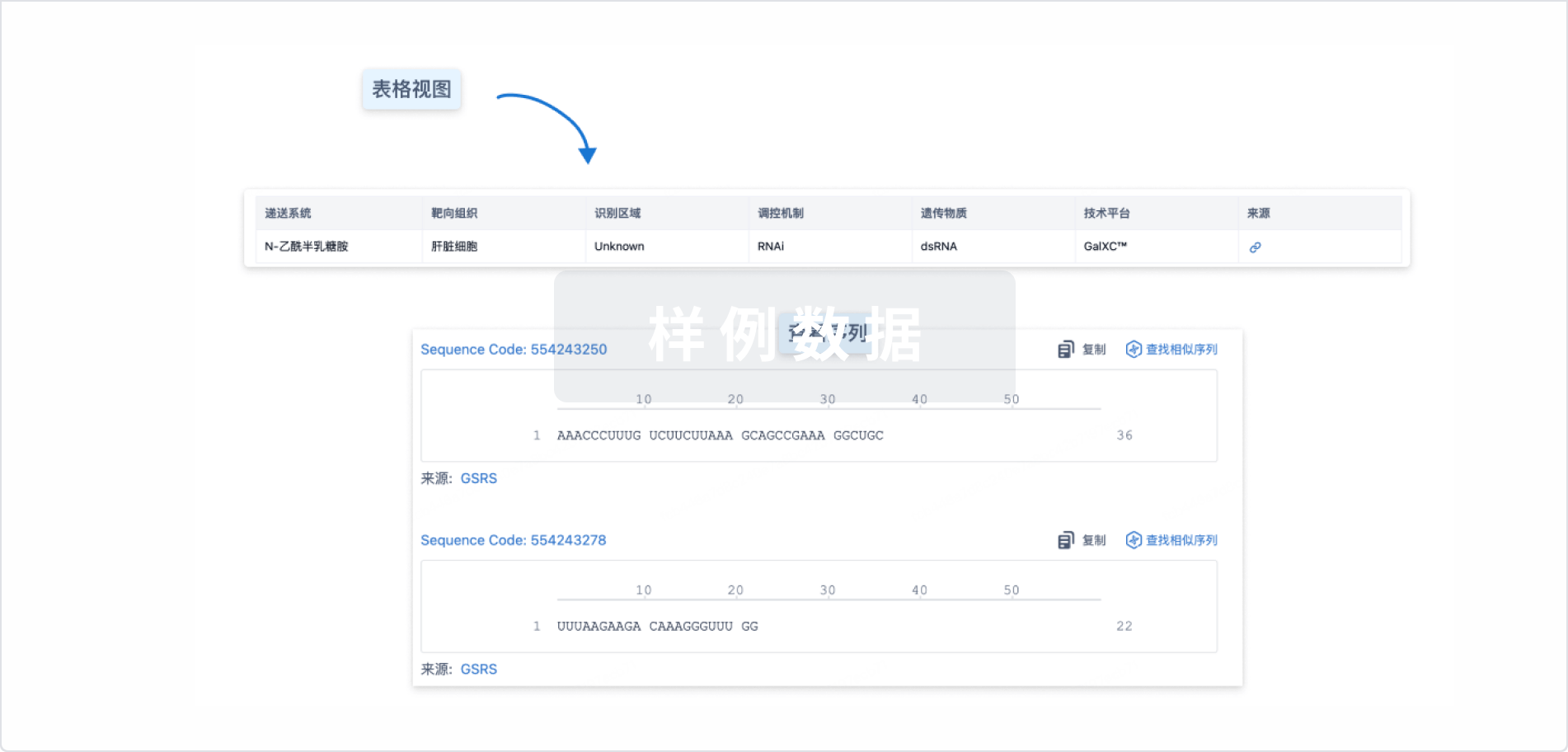Pictured: Rows of white pill bottles on a white surface/iStock, Androlia
With the opioid epidemic continuing to ravage the U.S., Vertex's announcement Tuesday that its non-opioid pain treatment VX-548 led to “significant improvement” in pain in two Phase III trials was widely hailed as a breakthrough. But the investigational drug did miss the first key secondary endpoint: superiority to a combination of the opioid hydrocodone bitartrate and Tylenol—a duo branded as Vicodin. This raises the question: Is it possible to do better?
Both trials—one testing VX-548 following abdominoplasty (tummy tuck) surgery, the other following bunionectomy surgery—hit the primary endpoint of statistically significant reduction of pain intensity from 0 to 48 hours. VX-548 failed, however, to beat Vicodin on the same scale.
During an investor call Tuesday, analysts also questioned the drug’s performance on another key secondary endpoint: median time to pain relief. In both indications, VX-548 had a “more rapid onset to meaningful pain relief” than placebo, Vertex reported, with median time to pain relief being two hours in tummy tuck patients and four hours in bunionectomy patients versus eight hours for the placebo group. Analysts on the call also appeared to be seeking faster time to pain relief, with Leerink Partners’ David Risinger asking if Vertex’s Phase I NaV1.8 inhibitors may offer a quicker onset.
Vertex CEO Reshma Kewalramani responded, saying, “If it is possible to get even better than VX-548, we are determined to be the ones who do so.”
Stuart Arbuckle, the company’s chief operating officer, also responded to questions from analysts, including how payors would respond to the drug’s efficacy. The “significant adverse events” and addictive potential associated with opioids are a major deterrent, he noted, adding that he believes payors will “warmly welcome the advent of a truly non-opioid pain med as this compelling combination of efficacy and safety and tolerability.”
When pressed for further details on the missed endpoint, Vertex representatives directed BioSpace to the investor call.
The Second Generation
VX-548 is a novel NaV1.8 pain signal inhibitor with a rich history. “The mechanistic evidence for [NaV1.8], even in the year 2001, was crystal clear,” said Stephen Waxman, a professor of neurology at Yale School of Medicine. “If you could shut it off, you had a good chance of attenuating pain.” This is around the time Vertex began its efforts against NaV1.8, which would ultimately yield VX-548, Waxman said.
Waxman, whose work contributed to the revelation that the NaV1.7, NaV1.8 and NaV1.9 sodium channels played a central role in pain signaling, highlighted three possible reasons for VX-548’s failure to beat Vicodin.
“One possibility is that [Vertex] did a good job on dosing but didn’t get it precisely right,” he said. “There could have been a higher dose with higher efficacy.” A second possibility, he said, is that a second-generation drug “will have more potency, more effective distribution, fewer side effects, be able to be dosed better and give better efficacy.”
Lastly, Waxman suggested that NaV1.8 may be “important enough in pain signaling that you get this degree of reduction of pain when it is blocked, but there is some redundancy in the pain pathway, so block of NaV1.8 reduces pain but does not totally abolish it.”
He likened VX-548 to the early days of the statin drugs. “The very first statin drugs worked, but in retrospect, they were not optimal, and the real bang for the buck in terms of societal impact was in the second and third-generation drugs,” he said. “And that’s where I think we are right now.”
As for what a second-generation drug might look like, Waxman noted that there are many approaches to targeting NaV1.8, including small-molecule blockers, peptide blockers, toxin derivatives, antibodies, knockdown therapies and gene therapy approaches.
“Now that we know that [NaV1.8] is a druggable target and we know that blocking it reduces pain, we have proof of concept in humans,” Waxman said. “That raises the exciting question of whether there are there other ways to attack 1.8, and there undoubtedly are. It is a very exciting time in the search for new, non-addictive pain medications.”
Heather McKenzie is a senior editor at BioSpace. You can reach her at heather.mckenzie@biospace.com. Also follow her on LinkedIn.







